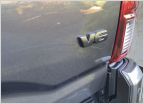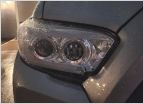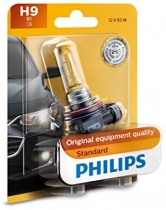-
Welcome to Tacoma World!
You are currently viewing as a guest! To get full-access, you need to register for a FREE account.
As a registered member, you’ll be able to:- Participate in all Tacoma discussion topics
- Communicate privately with other Tacoma owners from around the world
- Post your own photos in our Members Gallery
- Access all special features of the site
3rd Gen HID vs LED vs Halogen H11 projector headlights
Discussion in '3rd Gen. Tacomas (2016-2023)' started by crashnburn80, Jan 25, 2019.
Page 157 of 340
Page 157 of 340


 How are you mounting your Maxtrax?
How are you mounting your Maxtrax? Polish burn?
Polish burn? What headlights are these? 2016 TRD Sport.....
What headlights are these? 2016 TRD Sport..... DIY Bed Fishing Rod holder
DIY Bed Fishing Rod holder New to the forum. 2021 new purchase. Wheels and tire recomendations please
New to the forum. 2021 new purchase. Wheels and tire recomendations please











































































